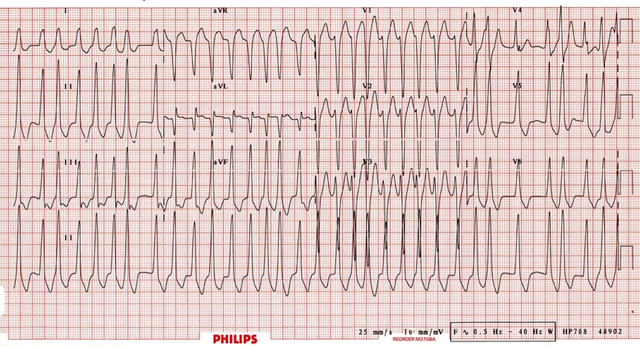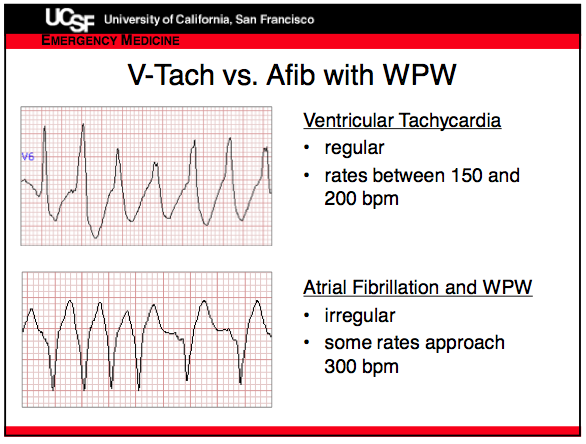Over the past 2.5 years, I've heard a lot of discussion about this topic, it probably left me with more questions then answers, so I figured I'd do a review regarding AMAs, or leaving against medical advice, in a true or false format.
If a patient left AMA, insurance companies will not reimburse them for their ED visit. This is an incentive to get patients to stay.
False.
Some patients are told that if they leave AMA, their insurance will not cover their treatment. This is false information. On this issue, the University of Chicago Medicine published an article dated February 3, 2012, which discussed their study (funded by The Agency for Healthcare Research and Quality and the National Institute on Aging) of the misconception of who picks up the tab when patients walk out. They concluded from their survey of general internal medicine doctors that two-thirds of residents and almost half of attending physicians believed that when a patient left the hospital AMA, insurance companies would not pay. They also found that some physicians go as far as using the financial obligation as a threat to persuade a patient to stay.
The researchers, all from the University of Chicago Medicine, combed through the records of more than 46,000 patients admitted to the general medicine service at the medical center's adult hospital between July 2001 and March 2010. They found that 526 patients, about 1 percent, had left against doctor's orders. Consistent with previous studies, most of these patients had government-funded insurance, either Medicare or Medicaid (78 percent), or no insurance (14 percent). The average hospital charge was nearly $28,000, of which insurance paid on average almost $6,000. (Most patients also owe a minimal co-pay.) So leaving against medical advice brought no additional financial burden to the patient. Of the 453 insured patients who left AMA, payment was initially denied in only 18 cases. All of those cases involved problems with the bill, not with the patient's behavior. None of those patients were denied coverage for leaving against doctors' orders. Furthermore, the article postulates that when a physician provides misinformation in order to influence a patient's decisions -- no matter how well intentioned -- it compounds the loss of trust.
One member of the research team, John Schuman, MD, called the insurance companies themselves and reported "I talked with VPs and media relations people from several of the nation's largest private insurance carriers. Each of them told me that the idea of a patient leaving AMA and having to foot their bill is bunk. They were glad to tell me so, as this was a rare occasion of insurance companies looking magnanimous."
Having my patient sign an AMA form will confer me legal protection if something happens to the patient.
Not necessarily.
A case where the plaintiff left AMA is most defensible if there is a thoroughly documented medical record that shows a clear, informed consent process regarding the patient’s departure. Nan Gallagher, JD, is an attorney who has defended many medical malpractice claims alleging improper AMA discharges. She urges providers to “be specific and verbose. A patient’s signature on an AMA form is not enough anymore.” Gallagher further remarks, “In our litigious society, there is a growing trend toward patients disputing the authenticity of the signatures on an AMA form and challenging the quality of informed consent communications.”
Tips on how to properly document leaving AMA in the chart.
1. Inform the ED patient of the risks of leaving, including worsening or complications of the acute medical condition, permanent disability, or death, when these are real considerations.
“I believe that an attempt to individually list every possible complication or poor outcome from the patient’s condition is weaker than the narrative that the patient was counseled about the potential for deterioration, disability, or death,” Laura Pimentel, MD says. If the provider lists all the possible risks that come to mind, but omits something that ends up occurring, she explains, “it opens the door for the plaintiff attorney to argue that the provider didn’t properly inform the patient.”
2. Determine that the patient has the capacity to make the decision to be discharged AMA.
Remember, capacity means the patient can make an informed decision, not that they are competent, which is a legal term referring to a right to determine one's own affairs after age 18. Adults are assumed to be competent until proven otherwise. Therefore, deeming an individual “not competent” requires legal proceedings.
3. Educate the patient on the potential benefits of completing evaluation and treatment, and document the discussion.
4. Inform the patient that he or she may return at any time.
5. Give the best possible care to the patient before discharge, including recommendations for outpatient care and prescriptions.
6. Include nurses and family members in discussions with patients about the benefits of completing treatment and the risks of leaving.
Nursing documentation of the discussions can help the defense by serving as a good witness of your efforts to care for the patient
7. Make an effort to convince the patient to stay.
8. Contact patients who leave AMA by telephone, and document the call.
References
https://www.uchicagomedicine.org/forefront/news/2012/february/do-patients-pay-when-they-leave-against-medical-advice
https://lawrefs.com/against-medical-advice/
https://www.reliasmedia.com/articles/139154-patients-signature-on-ama-form-wont-stop-successful-lawsuit
https://www.reliasmedia.com/articles/114787-patients-who-leave-ama-understand-your-risks-and-responsibilities




